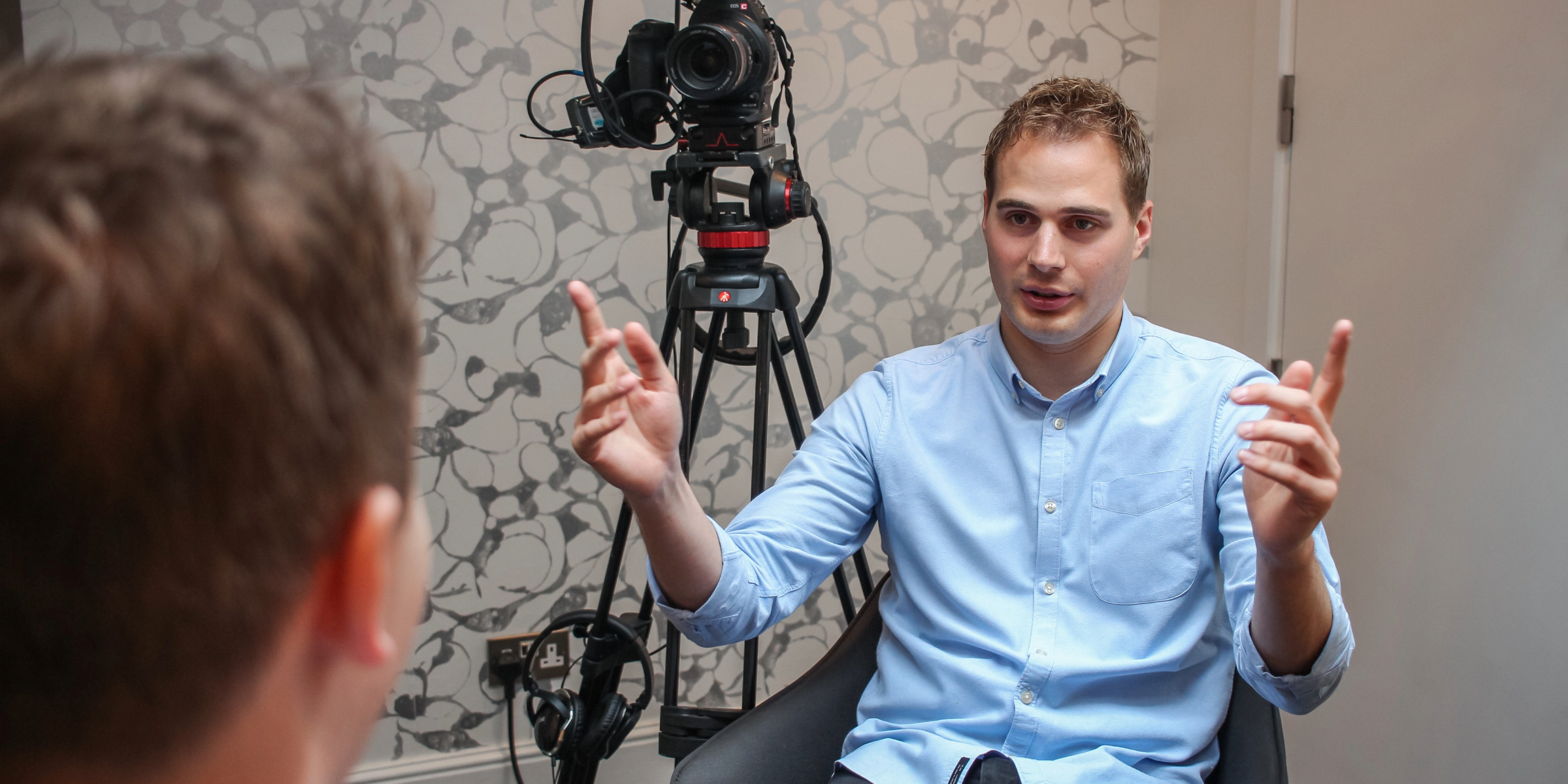The concept is sometimes overused by the PR industry, but good surveys still work well as a means to generate “news” and secure broadcast PR coverage, particularly on radio. However, journalists will argue there are too many spurious surveys with suspect data. To make your next survey stand out from the rest, and ensure maximum ROI , follow our golden rules:
1.Start off by writing your “perfect” headline then work backwards to identify the questions that will lead to this top line. Ideally that will be something that is new, or different, or surprising. You have to hook your audience in with something they didn’t know before otherwise it’s not really news.
2. Avoid making your research too much of a plug. Broaden out the subject so it becomes more industry wide – research saying gas is better for cooking, commissioned by a manufacturer of gas stoves, is never going to be believed! Better to be seen as an industry expert and drop your plug for a brand in during an interview.
3. The most damming reaction to a survey is a “so-what, who cares” response. Marginal differences of a couple of percent are neither here nor there: 43% of people liking apples and 45% of people liking pears is not interesting! Questions need to be phrased so that they come out with strong: ‘9 out of 10 people would like a pay rise’ is not very surprising. But ‘9 out of 10 people would sacrifice a pay rise for more time off’ is a more interesting angle.
4. Credible research needs a solid sample size. The BBC for example requires a minimum of 1,000 people to be surveyed – but more is better. Regional stations might want to drill down further and ask, of those thousand, how many people questioned were from their patch. The number depends on who you ask, too: 100 CEOs talking about business issues, or 200 office workers questioned about RSI would be deemed more credible than 1,000 people who responded to an online survey.
5. Having a partner add their name to the research can add further credibility. A company can commission research, but they could also do it in conjunction with a business school, or a publication. Choose your partner wisely though!
6. If you want regional coverage, then make sure there’s regional breakdown. You need the research to be broken down into at least 8 or more regions – north, south, east, west just doesn’t do it. Depending on the nature of the story, it can work well if the research focuses on cities; for example, people would be questioned in just Newcastle instead of across the North East. This may exclude coverage on stations in other towns and cities but it increases the chances of coverage on stations in Newcastle.
7. Use a credible research company like YouGov or Mori. If a journalist has heard of the research company it gives them more confidence to use the research.
To set up a free survey questions workshop with one of our consultants, speak to a member of the team on 020 7240 7373.




